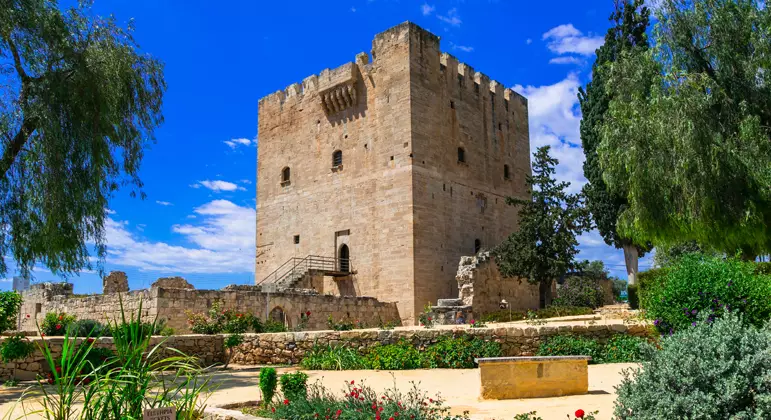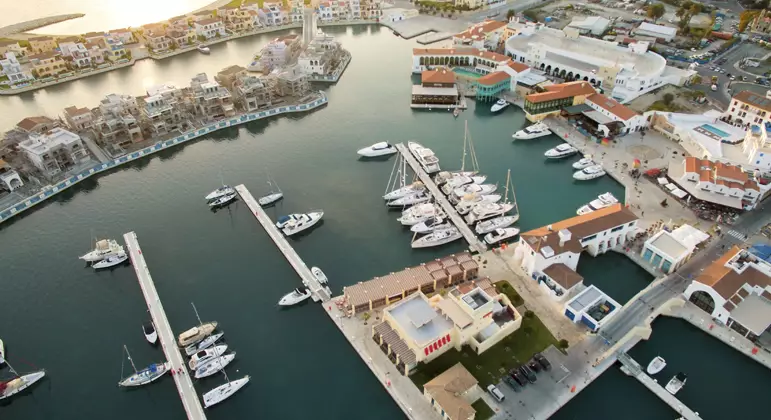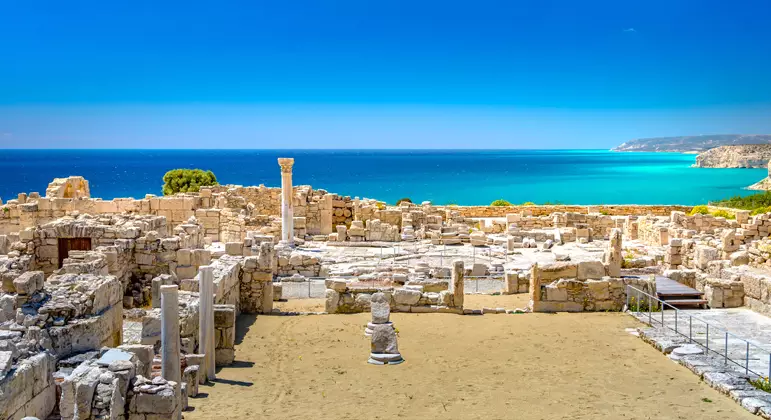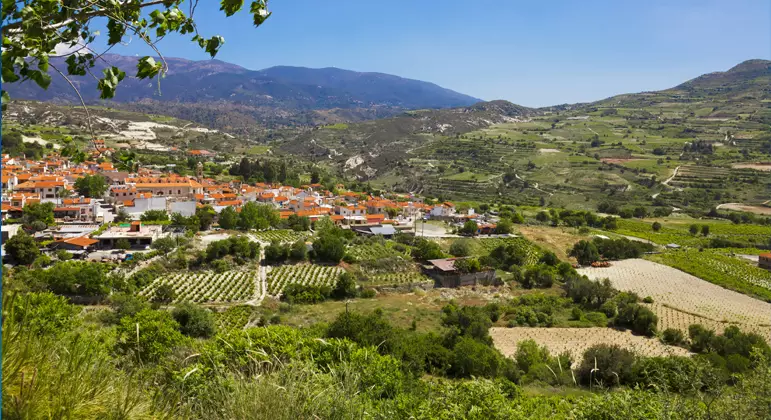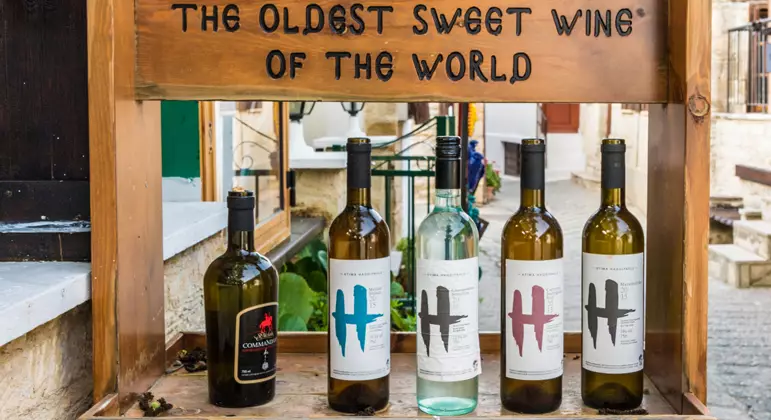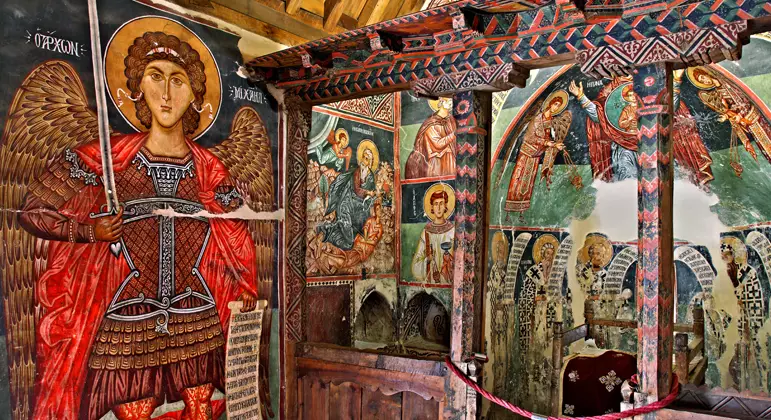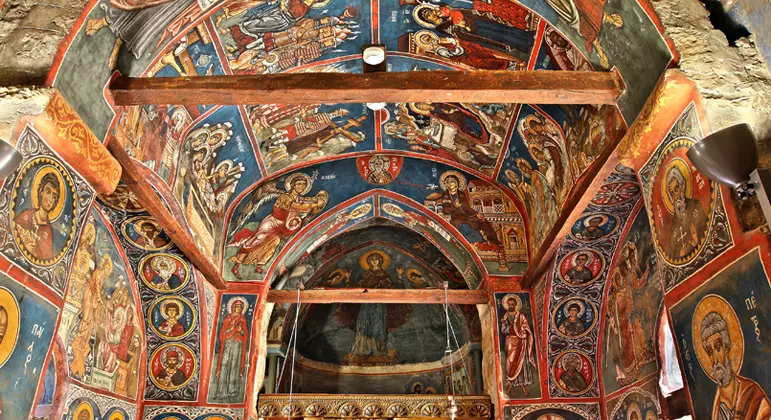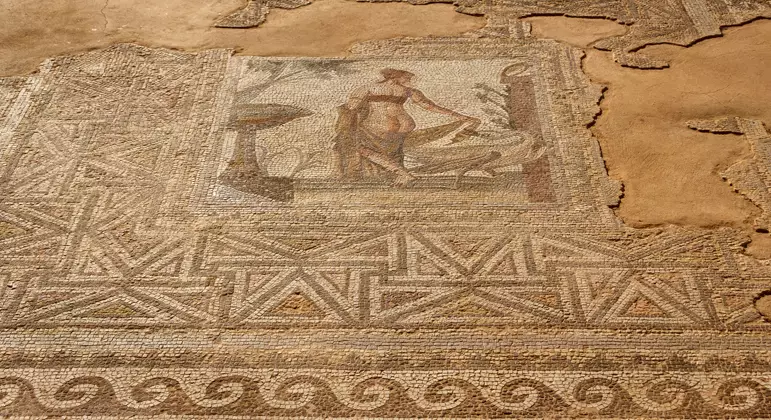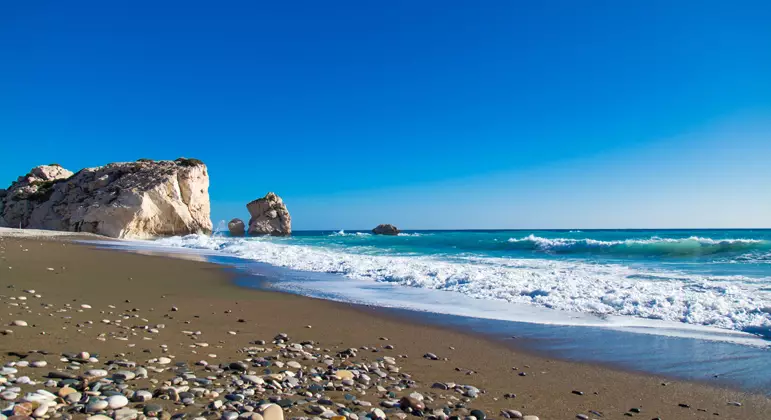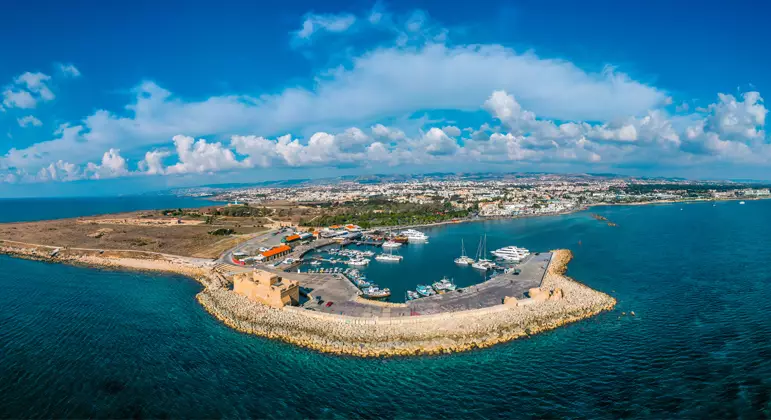Limassol Is Sunny and Sophisticated
Limassol, the seaside city in Cyprus that is the island’s second-largest after its divided capital of Nicosia, is located between the ancient sites of Amathous to the east and Kourion to the west. Called Lemesos in Greek, travelers will find much to discover in and around this bustling, historic port. Limassol like Cyprus as a whole has seen many empires and conquerors come and go, absorbing the cultures and flavors they brought with them to become one of the most cosmopolitan ports in the Mediterranean, and indeed the world, today. Turn on the radio in Limassol at any time of day or night and you’re likely to hear everything from Greek, Cypriot and Lebanese pop music to Israeli news and English DJs: this is very much a modern crossroads of the Eastern Mediterranean.
Read More
Amazing excursions carefully curated
